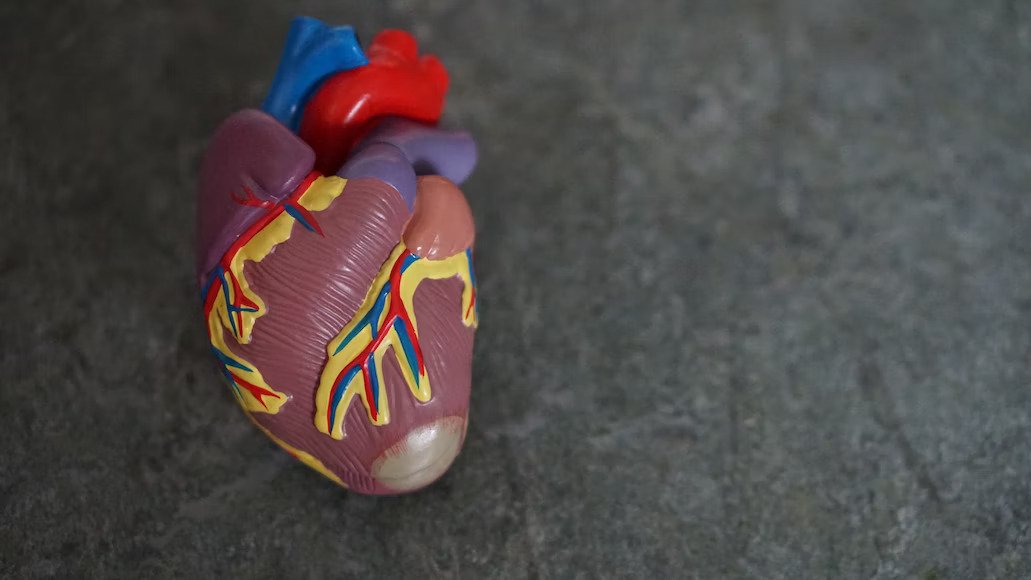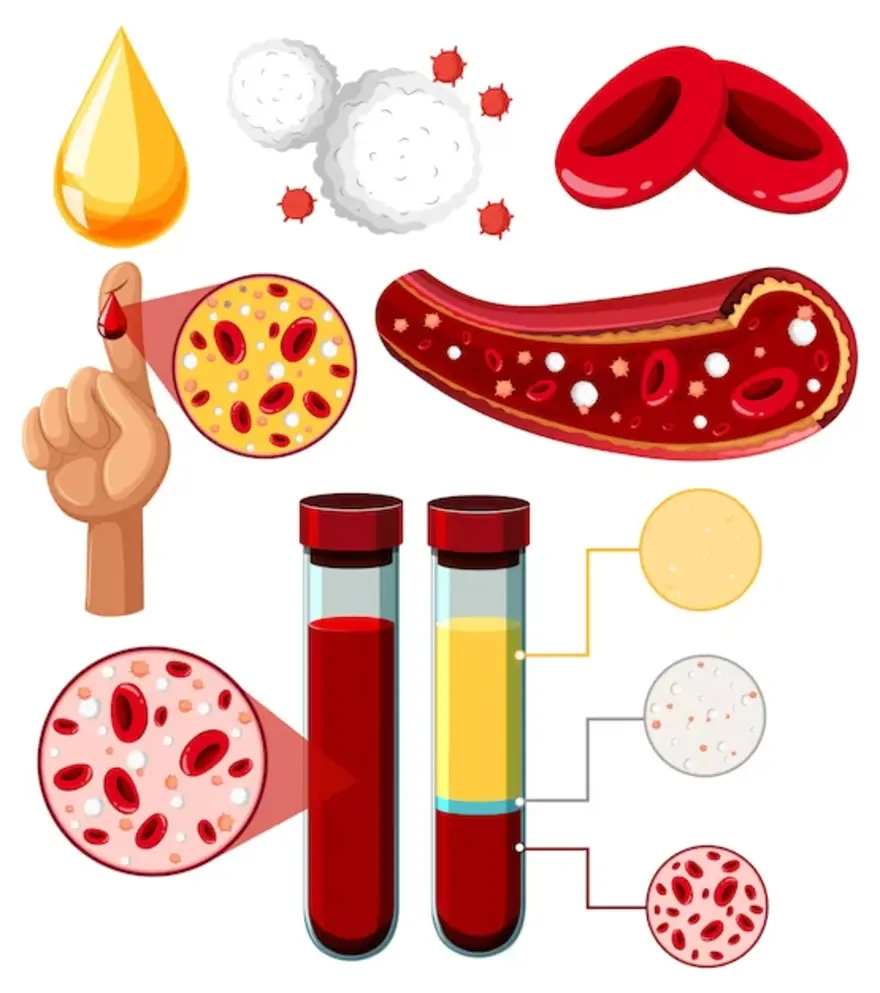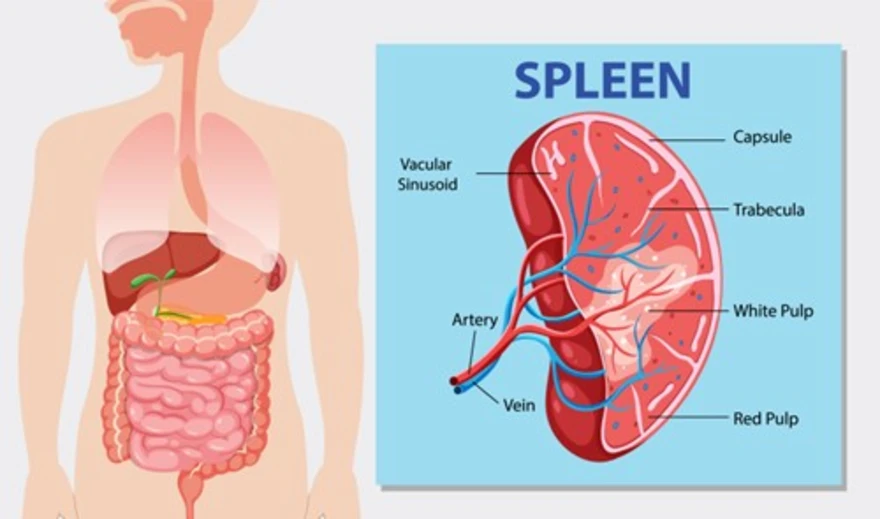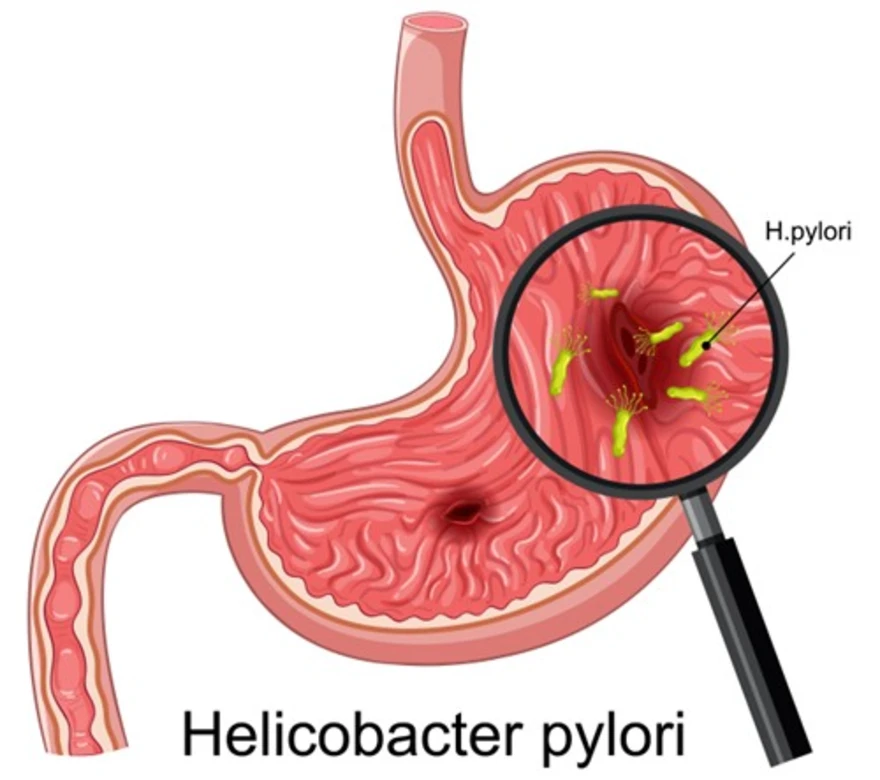Preventive Healthcare
Myocardial Infarction: Symptoms, Treatment, Causes & Diagnosis

Table of Contents
Myocardial Infarction, commonly known as a heart attack, is a dangerous condition due to a lack of blood flow to the heart. This lack of blood may occur for various reasons but is usually due to blockage of the arteries. Without enough blood reaching the heart, the affected heart muscles start dying. If blood flow is not restored quickly, it can lead to permanent coronary damage or death.
A heart attack is an emergency and can be life-threatening. Call an ambulance immediately if you believe someone near you is suffering from a heart attack. Time is essential for the treatment of myocardial infarction, and a delay of even a few minutes can lead to permanent damage.
What Are The Symptoms of Myocardial Infarction?
Symptoms of myocardial infarction can vary from one person to the other. Some people experience mild symptoms, whereas others have severe symptoms. Some people may even experience no symptoms at all.
The most common symptoms of a heart attack include the following:
- Chest pain feels like tightness, pressure, aching, squeezing, or pain.
- Cold sweat
- Discomfort or pain spreads to the arm, shoulder, back, jaw, neck, teeth, or upper belly.
- Fatigue
- Nausea
- Sudden dizziness or lightheadedness
- Indigestion or heartburn
- Shortness of breath
Some women may also experience atypical symptoms like sharp neck, back, or arm pain. In many cases, the very first symptom of a heart attack is sudden cardiac arrest.
What Are The Causes of Myocardial Infarction?
In most cases, heart attacks occur due to a blockage in an artery supplying blood to the heart. The blockage happens due to plaque – a sticky buildup in the arteries known as atherosclerosis. Sometimes, this plaque buildup can cause the arteries to rupture. A blood clot may develop at the rupture site and block blood flow to the heart, resulting in a heart attack.
Myocardial infarction can occur without a blockage as well. However, this is rare and occurs in just 5% of all heart attacks. Such cases may occur due to the following:
- Coronary artery spasm
- Trauma causing rupture in the coronary arteries
- Obstruction of the arteries due to an air bubble or blood clot originating somewhere else in the body
- Eating disorders
- Rare medical conditions that cause narrowing of the blood vessels
- Anomalous coronary arteries or a congenital heart defect
- Stress cardiomyopathy
How Are Heart Attacks Diagnosed?
Myocardial infarction is usually diagnosed in the emergency room. Suppose you are experiencing any symptoms of a heart attack. In that case, you should undergo physical examination such as checking blood pressure, pulse, and blood oxygen levels and listening to the lung and heart sounds. Your doctor will diagnose a heart attack with the help of the following:
- Symptoms and History: Your healthcare provider will ask you questions about the symptoms you are experiencing. They may also discuss your symptoms with the people who were with you.
- Blood Tests for Cardiac Biomarkers: When the heart undergoes damage due to lack of oxygen during a heart attack, it releases cardiac enzymes into your bloodstream. These enzymes are measured with the help of a blood test. High levels of cardiac biomarkers in the blood are a sign of a heart attack.
- Electrocardiogram (ECG / EKG): This is the most common test performed when you go to the ER with heart attack symptoms.
- Echocardiogram: An echocardiogram involves using ultrasound waves to take pictures of the outer and inner sides of the heart.
- Angiogram: This test is used to detect the areas with no or little blood flow.
- Heart MRI: This test creates an image of the heart using computer processing and a powerful magnetic field.
- Heart CT Scan: This test helps create a detailed scan of your entire heart.
- Nuclear Heart Scans: For this scan, a radioactive dye is injected into the blood, and computer-enhanced methods are used to create scans of the heart.
What Are The Treatment Options For Myocardial Infarction?
Myocardial infarction treatment involves restoring blood flow to the heart muscles at the earliest. This can be done in several ways – using medication and surgery. Standard treatment options include:
- Supplementary Oxygen: People with low levels of blood oxygen or those facing problem breathing are provided supplementary oxygen along with other treatments. This oxygen is provided through a tube attached just before the nose or using a mask covering your mouth and nose. This is the easiest way to increase blood glucose levels and reduce strain on the heart.
- Medications: Several different medications may be given to a heart attack patient, including:
- Anti-clotting medications: These medications include aspirin and other medicines used for blood thinning.
- Thrombolytic medications: These medications work to break down clots and are usually given within the first twelve hours following a heart attack.
- Nitroglycerin: This medication is given to dilate the blood vessels to allow blood to pass through easily. It also helps in relieving chest pain.
- Pain medications: Morphine is often given during a heart attack to alleviate chest pain.
- Anti-arrhythmia medications: These medications are given in case of a heart attack resulting from arrhythmias or the heart beating out of rhythm.
- Percutaneous Coronary Intervention: This myocardial infarction treatment is used to restore circulation of your heart muscle. It involves using a catheter-based device inserted into one of your major blood vessels (often near the wrist or upper thigh). This tool helps in restoring blood flow and relieves the symptoms of a heart attack. It involves placing a stent at the blockage site to keep the artery open and avoid another blockage.
- Coronary Artery Bypass Grafting: People with severe blockages in their coronary arteries may be advised to undergo a coronary artery bypass grafting procedure. Commonly known as open-heart surgery, CABG, or bypass surgery, it involves using another blood vessel harvested from another part of your body to construct a detour for the blood to pass through. This technique helps reroute the blood around the blocked parts of the artery to allow blood to reach the heart safely.


























